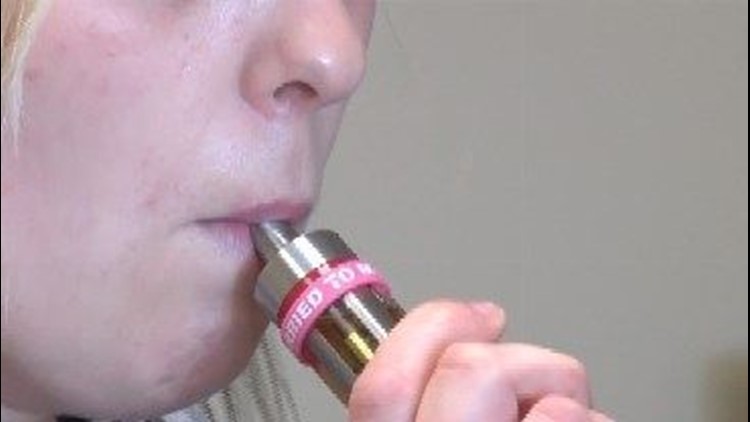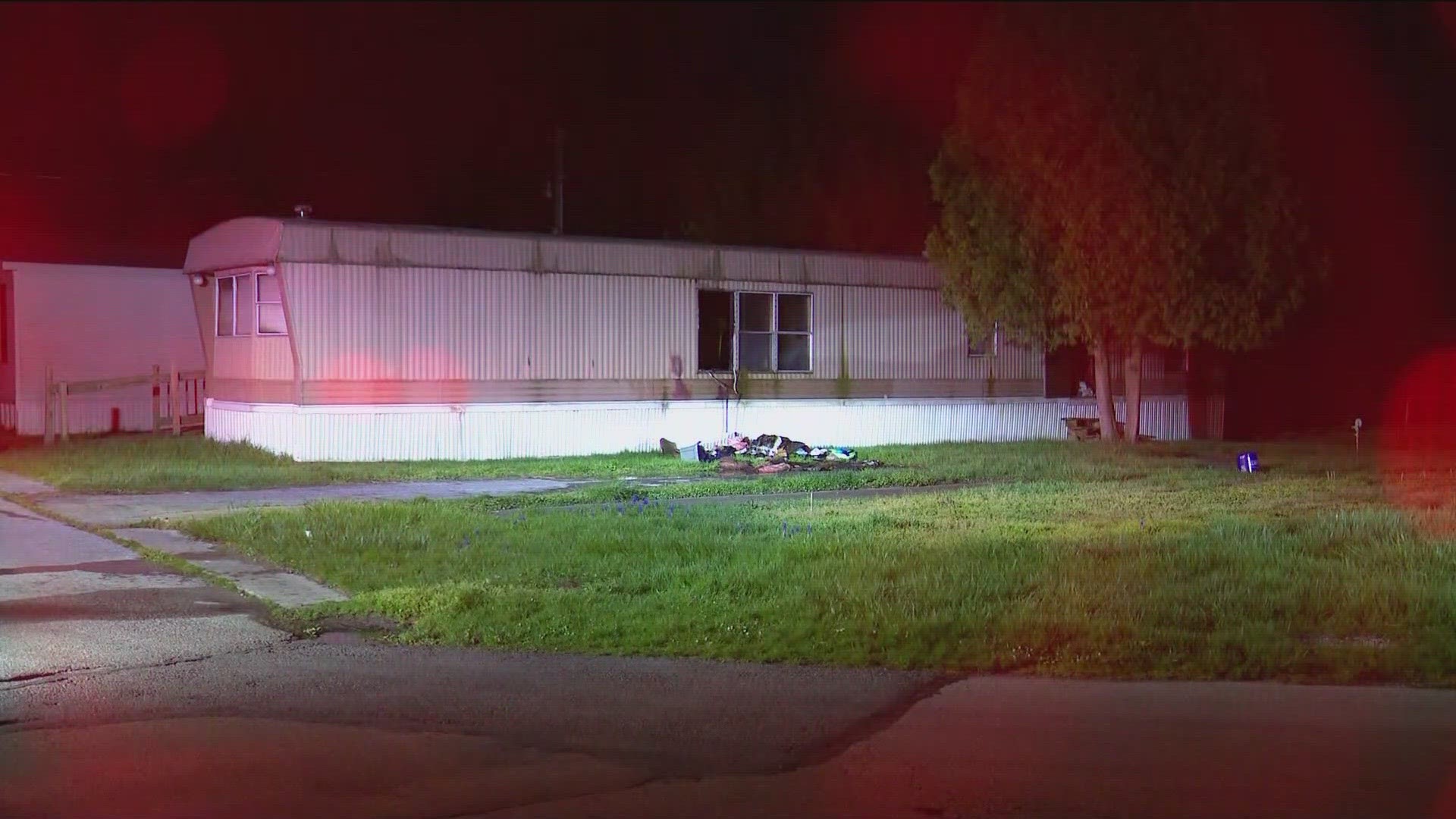TOLEDO, OH (WTOL) - It's a flavoring chemical found in many of the artificial flavorings we eat every day. But, if inhaled, it can cause irreversible damage to our lungs. Researchers are calling it "Popcorn Lung."
It's been two years since a Harvard Study found a connection to the chemical in the butter flavor of microwavable popcorn and some e-cigarette flavors
It's okay to eat this chemical according to the FDA, but not inhaled like what you do when using an e-cig.
Today, nothing has been done to regulate this chemical, but public health officials warn it's likely causing bronchiolitis obliterans, or popcorn lung in young e-cig users.
"As you can see how it destroys the very small sacks," said Sharon Morr, director of corporate and community health in Fulton County. "Those can't be fixed."
The chemical flavoring diacetyl when inhaled is linked to severe, irreversible loss of lung function called bronchiolitis obliterans. It's as bad as it sounds. In extreme cases, a lung transplant is the only treatment.
So, why is this condition called "popcorn lung" among researchers? And what does it have to do with e-cigarettes?
Roughly a decade ago, the debilitating respiratory disease first appeared in workers who inhaled the artificial butter flavoring in microwave popcorn processing facilities. Hence the name popcorn lung was born.
"In fact, there is no cure," Morr said. "Steroids don't help. Inhalers don't help. Some of these young workers in their 20's and 30's had to go on lung transplant lists."
The Harvard T.H. Chan School of Public Health found the chemical diacetyl causing the damage to the bronchial tubes is also used to flavor some of the 7,000 varieties of e-cigarettes.
Of the 51 e-cigarette flavors tested, diacetyl was found above the laboratory limit in 39 of them. The study can be read here.
"They didn't test them all," Morr said. "No one has. Some of them might be okay, but the thing is we don't know."
The most dangerous ones found in the Harvard study are the flavors mimicking cocktails."Most of them are the more sugary fruity, alcohol flavored concoctions," said Holly Kowalski, a respiratory therapist at St. Luke's Hospital.
For more than 20 years, Kowalski has been working with teens who break their school's tobacco policy.
Kowalski said the Hospital Council of Northwest Ohio confirms what she's seen first-hand; the number of teens under 18 using e-cigarettes continues to climb in our area.
"My biggest concern is the young people and the idea that they think this is a harmless product and 'it's kinda cool' and oh there are vap shops," Morr said.
A dry cough, shortness of breath, wheezing and fatigue are signs and symptoms of bronchiolitis obliterans which may come two to eight weeks after being exposed to the diacetyl chemical in many e-cig flavors.
Two years ago, the Harvard study concluded that urgent action is recommended to further evaluate this potentially widespread exposure to the popcorn lung causing chemical diacetyl in e-cigarettes.
So far, the FDA has only put e-cigs and vaping under the same regulations as other tobacco and nicotine products.
As far as our research shows, there are not regulations for the use of diacetyl in e-juice products.



